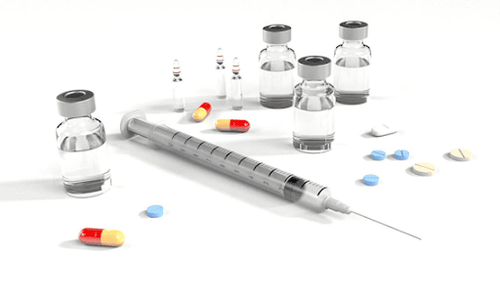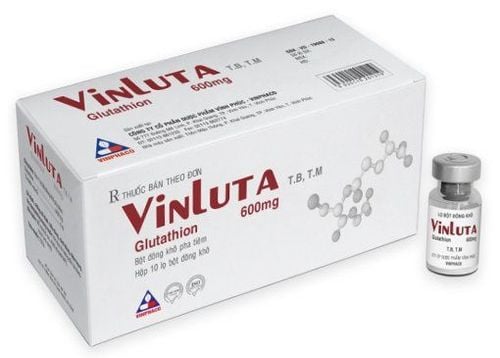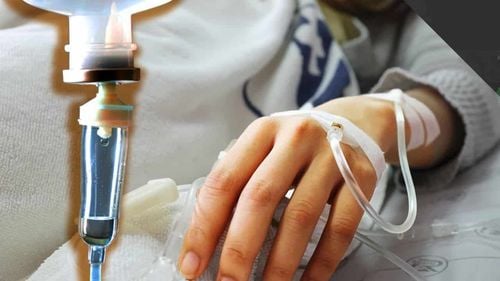This is an automatically translated article.
Currently, chemotherapy is considered one of the most popular and effective cancer treatments for patients. Chemotherapy is one of the effective cancer treatment therapies, through the use of drugs or cytotoxic chemicals to eliminate and stop the growth of cancer-causing cells in the human body. sick.1. What is chemotherapy?
While other cancer treatments such as surgery, radiation or heat therapy focus on destroying cancer cells in a certain area, chemotherapy affects the entire body. That is, chemotherapy has the ability to kill cancer cells that have spread to other parts of the body far from the original (primary) tumor. In addition, when cancer-fighting chemicals are introduced into the body, they not only affect cancer-causing cells but also other healthy cells, which can cause certain health problems. unwanted side effects to the patient's health after chemotherapy.2. The goal of chemotherapy treatment
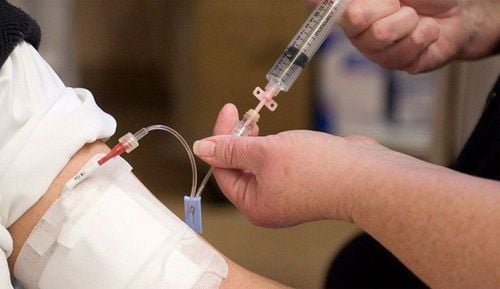
Cure the cancer: in rare cases, chemotherapy can completely destroy the cancer-causing cells that are actively growing in the body. body. Malignant tumors can go away forever and do not come back. However, this goal is often difficult to achieve. Control the disease: when the cancer cannot be completely cured, the next goal of chemotherapy is to control the disease. The chemicals used in treatment can help shrink tumors or stop cancer from growing and spreading; thereby helping patients feel more comfortable and prolong life. In certain cases, even though the cancer doesn't go away, it is managed as a chronic disease, like heart disease or diabetes. There are also cases where the cancer has gone away for a while, but it can come back again. At this point, chemotherapy can be given again. Relieve symptoms of cancer: Chemotherapy can also be used to relieve symptoms caused by cancer. When the cancer is advanced, it is not controlled and has spread to other parts of the body. The main goal with chemotherapy at this point is to improve quality of life and help you feel better.
Trắc nghiệm: Thử hiểu biết của bạn về bệnh ung thư
Ung thư là nguyên nhân gây tử vong hàng thứ 2 trên thế giới. Thử sức cùng bài trắc nghiệm sau đây sẽ giúp bạn có thêm kiến thức về yếu tố nguy cơ cũng như cách phòng ngừa bệnh ung thư.
Bài dịch từ: webmd.com
3. Using chemotherapy in combination with other treatments
Sometimes, chemotherapy is the only option to treat cancer. However, in certain cases, the doctor may ask the patient to have chemotherapy in combination with other methods, including surgery, radiation therapy, or biological therapies to achieve the treatment. high results. Specifically:Neo-adjuvant chemotherapy (preoperative chemotherapy): Chemotherapy is used to shrink a tumor before surgery or radiation is performed. Adjuvant chemotherapy (chemotherapy after surgery): chemotherapy is used to get rid of any cancer cells that are left in the body after a patient has had radiation therapy or surgery.
4. Chemotherapy drugs used in cancer treatment
Before making a decision about which chemotherapy drug to use for someone with cancer, the doctor should consider the following:Cancer type Cancer stage (how far the cancer has spread) Your age The patient's overall health The patient has serious health problems, such as heart, liver or kidney disease. According to statistics, there are now more than 100 drugs used for the treatment of cancer by chemotherapy. They will be classified into different groups based on the mechanism of action, action, and chemical structure of each drug. Chemotherapy drugs are not only used alone but can also be combined with other drugs depending on the age and health status of the patient.
Here are some common classes of drugs, including:
Group of alkylating agents: commonly used to treat cancers such as breast cancer, ovarian cancer, lung cancer, cancer lymphadenopathy, multiple myeloma, sarcoma, leukemia, and Hodgkin's disease. Some drugs belong to this class, including: Busulfan, Altretamine, Carmustine, Carboplatin, Cisplatin, Chlorambucil. Group of anti-metabolites: commonly used to treat cancers such as ovarian cancer, breast cancer, intestinal cancer, leukemia,... Some drugs in this group include: 6-mercaptopurine (6-MP), 5-fluorouracil (5-FU), Cytarabine (Ara-C®), Capecitabine (Xeloda®). Anti-cancer antibiotics: the main mechanism of action of this group of drugs is to interfere and change the DNA inside cancer cells and inhibit their growth and division in the patient's body. .
5. Determine dose of chemotherapy
Most chemotherapy drugs are strong drugs, to achieve high treatment effectiveness, patients need to adhere to the use of drugs as prescribed by the doctor. Not taking enough or taking too much can cause life-threatening side effects. Therefore, the dose of chemotherapy needs to be calculated correctly before use.Determining the dose of chemotherapy will depend on the different drugs. Most chemotherapy drugs will be measured in milligrams (mg). The dose of the drug can be determined in the following ways:
Based on body weight: the overall dose can be based on a person's body weight in kilograms (1kg is 2.2 pounds). For example, if the standard dose of a drug is 10 mg/kg, a 110-pound person (equivalent to 50 kg) will receive 500 mg (10 mg/kg x 50 kg). Based on body surface area (BSA): some chemotherapy doses will be determined based on BSA, which is calculated by height and weight. BSA is calculated in m2. In addition, the dose of chemotherapy drugs for children and adults is also completely different. Doses of some drugs may be adjusted for the following:
Elderly Have poor nutritional status Obese Have taken or are taking other medications Have or are receiving radiation therapy Have a high cell count low blood cells Have liver or kidney disease
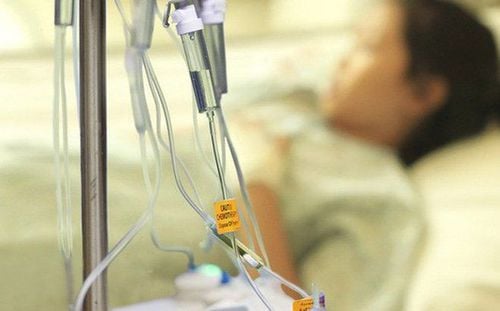
6. How is chemotherapy given?
There are many different ways to deliver drugs or chemicals into a patient's body, including:Injection: a doctor can deliver chemotherapy drugs inside a cancer patient's body through an injection vein. The drugs can be injected directly or mixed with infusion fluids then put into the body. While the injection form takes only a few minutes to perform, the chemotherapy method takes longer to complete (up to 24 hours). Oral: includes pills or liquid pills. The advantage of this method is that it is relatively inexpensive and can be done at home. However, the number of oral drugs used in cancer treatment is limited and patients need to strictly follow their doctor's instructions on dosage and duration of use. Intra-arterial (regional chemotherapy): chemotherapy drugs are given into a main artery to treat a specific area, such as an arm, leg, or liver. The advantage of this method is that it can minimize the unwanted side effects that occur due to the drug reaching other organs in the body. Some other methods include: Injecting under the skin, muscle or spinal cord
Inserting a tube into the bladder or an empty body cavity (eg thoracic or abdominal cavity).
Topical (medicine cream) for the treatment of skin cancers.
Vinmec International General Hospital is one of the hospitals that not only ensures professional quality with a team of leading medical doctors, modern equipment and technology, but also stands out for its examination and consultation services. comprehensive and professional medical consultation and treatment; civilized, polite, safe and sterile medical examination and treatment space.
Please dial HOTLINE for more information or register for an appointment HERE. Download MyVinmec app to make appointments faster and to manage your bookings easily.
Article referenced source: Cancer.org
MORE:
Recovering from cancer chemotherapy When does hair grow back after chemotherapy? How do cancer chemotherapy drugs work?






